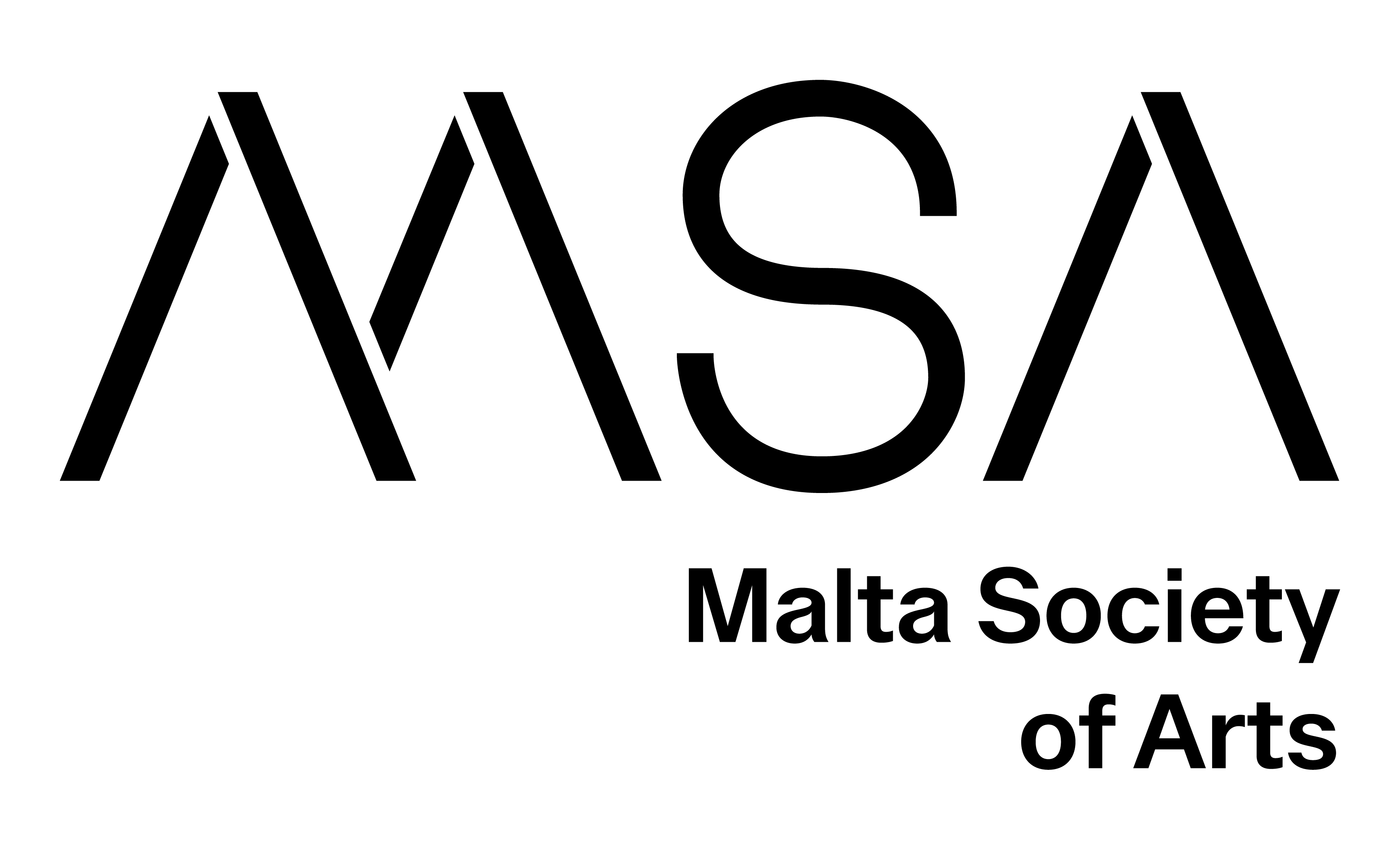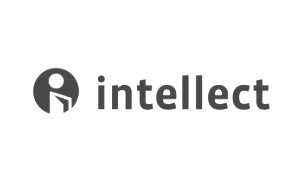Artificial women are present in science fiction (literature and cinema) in many forms and functions. Sometimes they are machines that replace the real women (Metropolis, Stepford Wives, Ex Machina), other times they are machines to accommodate male characters- either as sexual partners or as psychological support (Blade Runner, HER, Perfect Lover, Hot Bot and many other). Cyborgs, fembots (female robots), androids, synths (synthetics), pleasure bots, clones, holograms, artificial intelligent modules, humanoid female statues (mannequins, or mechanical dolls) that have become sentient, and computer-simulated humanoid females who achieve a physical form comprise a short list of labels and types of artificial women represented in pop culture. We can notice a consistency on the visual representations of those characters and their functions as described by the male gaze theory.
Representations of computers and computer users are not so consistent. Despite an iconic appearance of an AI computer in 2001 A Space Odyssey (1968) computers appear more systematically after the 80s and we notice a shift in representations. Despite the still present and constant misrepresentation of hardware components, software, programming, and hacking that are still present, it is this author’s notion that there is a specific shift on the disposition of computers on films. In the early 80s in films like War Games and TRON we notice a faith on computers as error less machines that can protect humanity from its shortcomings. In the 90s however we notice a more dystopic approach of machines (Terminator in 1984 is an early example) where computers try to replace or “fix” humanity (The Matrix) or can be used as oppression and control tools (The Net, Hackers).
The aim of this paper is to focus on some specific visual representations of both women and computers in films, specifically on females designed via the use of a computer and the physical and character attributes assigned to them by the designer. The focus of this paper are the films “Weird Science” (1985) and “Looker” (1981) and S1m0ne (2002). Specifically, how the design process of a female character is depicted on screen with what visual ques. What are the physical and character attributes selected by the male designer and finally the purpose and use of the artificial woman and whether they have or achieve agency and any sense of autonomy.
This paper is a continuation of the presentation “Computer Generated Women” in EUTIC2022 and will also focus on the roles and gender of assistants (virtual and AI) -like in the movie HER or SIRI as represented in series like Big Bang Theory.
Nickos Myrtou is Specialized Teaching Personnel and a PhD candidate in the department of Communication and Media Studies of the National and Kapodistrean University of Athens where he teaches Television and Radio Production as well as Documentary Production. As a member of the Audiovisual Media Laboratory of the department he oversees student productions and research on new technologies and practices. He holds a BA and MA degrees from the Department of Communication and Media Studies. His thesis for the MA "Web Documentary: Multimedia Documentation in the Digital Era" explored the new medium for documentarians and how the basic schools of documentary have transcended in the age of internet. As videographer and editor he was worked in a number of short films and documentaries. As a researcher he works on content analysis of audiovisual products in the areas of gender representations, “manufactured” and documented reality and memory, audiovisual archives and medium transformations due to technological advancements.
Back







